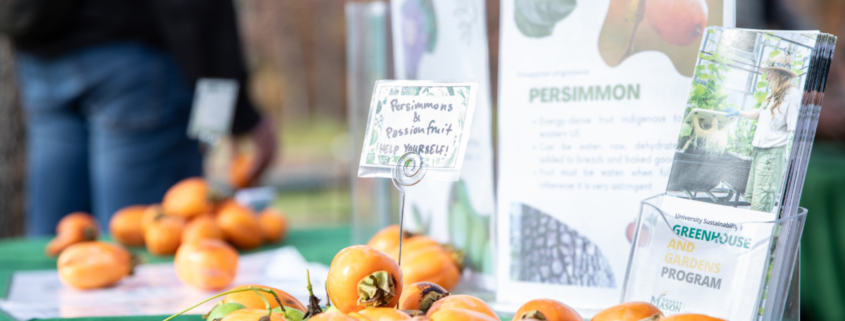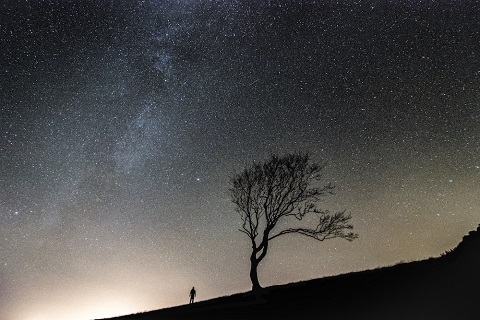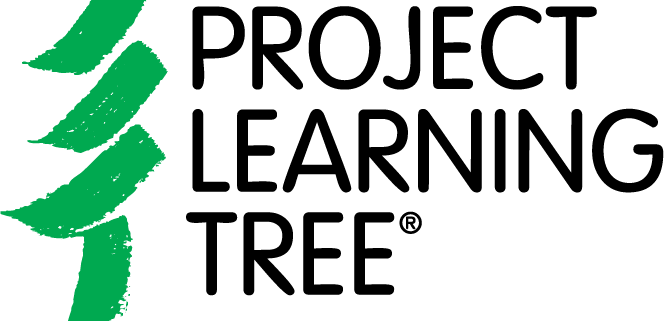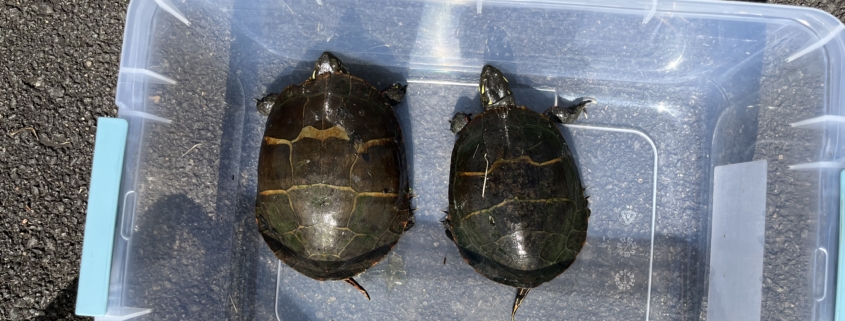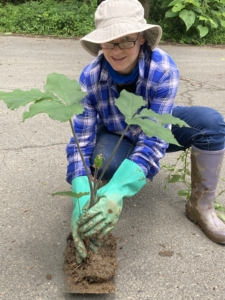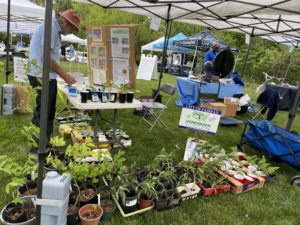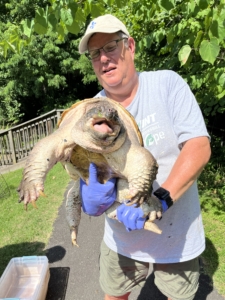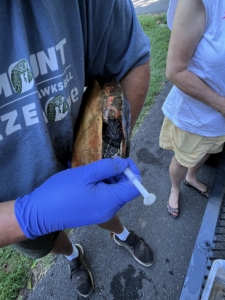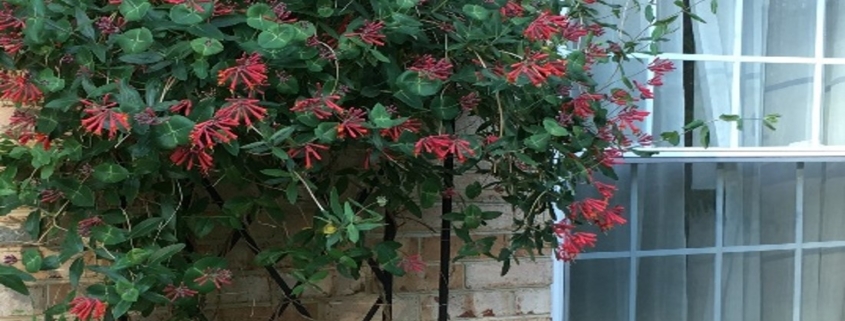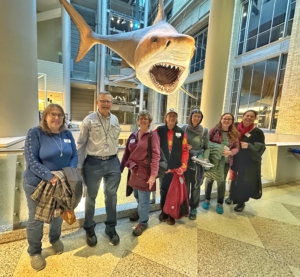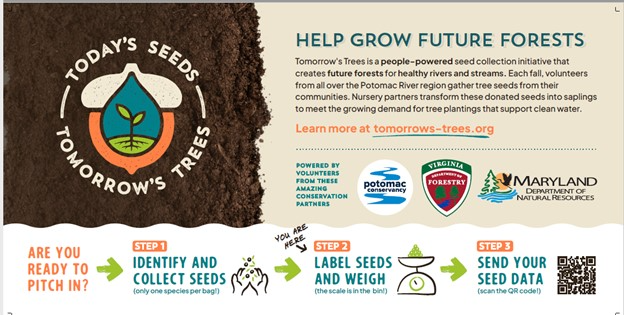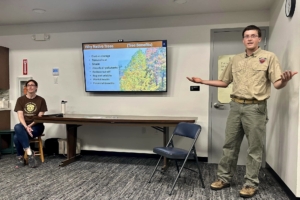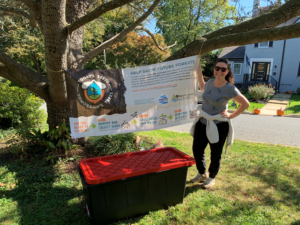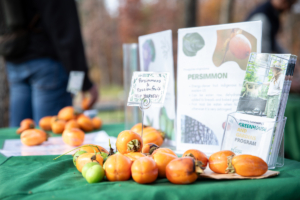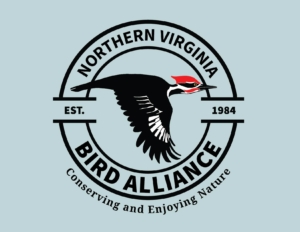Photo: Plant NOVA Natives
Native vines can be terrific additions to your landscape. The most popular one, Coral Honeysuckle, is a hummingbird magnet!
Unlike the non-native invasive vines that we see everywhere killing trees, our native vines seldom hurt them. They co-evolved with our trees and are important members of the ecosystem, attracting numerous and diverse populations of pollinators with their plentiful nectar, feeding many birds from late summer into the winter with their fruit, and hosting the caterpillar larvae of several butterflies and moths.
Their flowers are long blooming, showy, profuse, and often fragrant and remarkably complex. It is their nature to reach for a climbing surface and grow upon it rapidly, which puts their flowering and foliage beauty on full and glorious display.
Native vines grow well in average soil and in dry or moist conditions and are generally easy to cultivate. Some can be a nuisance due to their exuberant growth, but they can all be trained to climb walls, arches, fences, arbors, or trellises, or pruned or sheared for containment. Once trained, they add coverage, privacy, and striking beauty to any space.
Here are five native vines you can plant and enjoy for years to come.
Coral Honeysuckle (Lonicera sempervirens)
Coral Honeysuckle, whose botanical name refers to its evergreen habit, is the hands-down favorite of the native vines for garden spaces and is the official wildflower of Fairfax County. It blooms profusely in the spring then continues to bloom all the way up to November. The hummingbirds in your neighborhood will visit it repeatedly throughout the day.
Crossvine (Bignonia capreolata)
Crossvine is semi-evergreen with stunning abundant blooms and claws at the end of its tendrils allowing it to cling to stone, brick, pergolas, and fences without support. Its green leaves turn purple in the fall. Hummingbirds also visit this plant during its May bloom time.
Virgin’s Bower (Clematis virginiana)
Virgin’s Bower is a fast grower and late bloomer with flowers turning to showy sprays of silky seeds in late summer. It climbs via twisted stems so needs something to wrap itself around to grow such as shrubs, trees, a fence or a trellis. Be careful to distinguish this from Sweet Autumn Clematis (Clematis ternifolia), a highly invasive plant that is sold in conventional garden centers.
Yellow Passionflower (Passiflora lutea)
Yellow Passionflower has interesting leaves and delicate, fragrant flowers that bloom in mid-summer. It is considered easy to control, train, and contain.
Virginia Creeper (Parthenocissus quinquefolia)
While it is primarily prized in the landscape for its brilliant red-burgundy fall foliage, Virginia Creeper is a generous provider of abundant food for hundreds of insects, birds, and other animals and a meaningful addition to the landscape.
Some native vines are a little too exuberant for most people’s gardens but are great additions to more naturalized areas. Purple Passionflower, Maypop (Passiflora incarnata) for example, is a beautiful nuisance when it pops up everywhere. The name Maypop comes from the loud “pop” the fruit makes when crushed. Trumpet Creeper (Campsis radicans) is another example. Its flowers are flamboyant and a magnet for hummingbirds, but it is a famously vigorous grower that scrambles over anything it can reach with aerial rootlets that will damage any wood, brick or stone it touches. It is also considered a nuisance.
Finally, there is one notable vine that is native in Virginia but not Northern Virginia: American Wisteria (Wisteria frutescens). Widely sold in conventional garden centers, it has become the substitute for the highly invasive Asian wisterias which are wreaking havoc on our ecosystem, smothering trees and tearing them limb from limb.
For more information on all of these native vines, you can visit www.plantnovanatives.org/vines or visit our native plant guide.


